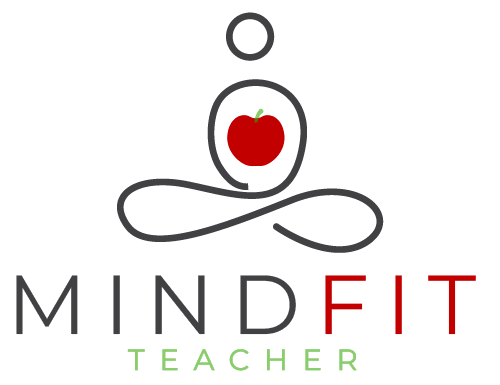Contact Me
Have questions or feedback? I'd love to hear from you! Feel free to reach out using the contact form below or connect with me via email. I am here to help and provide the information you need. Your input is valuable to me as I strive to empower one teacher at a time to create mindful classrooms.
Get In Touch
Drop me a message!
FAQS
What is mindfulness?
Mindfulness means being aware and awake to each moment and being fully engaged in what is happening in one's surrounding with acceptance, curiosity, kindness, and non-judgement.
What are the benefits of mindfulness in the classroom?
The Many Benefits of Mindfulness in the Classroom:
-Develops awareness of the present moment
-Calms the mind and body
-Increases focus and attention
-Increases social and emotional awareness
-Develops a sense of compassion and self-acceptance
-Decreases stress
-Improves emotional regulation
-Increases overall health and well-being
-Increases social, emotional, and academic intelligence
-Increases happiness
-Reduces anxiety
-Improves the ability to respond rather than react
-Supports growth mindset
By engaging in mindfulness practices, children can learn to slow down, pay attention to the present moment, and develop better focus and self-awareness.
What is mindful movement?
Any kind of movement that allows us to check in with our bodies and move in a way that can help us lower stress, release energy, focus, and strengthen our body-mind connection.
What is breathwork?
Simply put, breathwork or breathing techniques, is the practice of intentionally focusing on and channeling the breath. There are many forms of breathwork. The breathing techniques I teach are developmentally appropriate for children of all ages.
What are the benefits of breathwork for students?
The Important Benefits of Breathwork for Children:
-help children manage and reduce stress and anxiety
-help children manage difficult emotions and regulate their responses to stressors
-create calm in the brain and body regulating the fight-or-flight response
-help children direct their thoughts better and concentrate and focus on tasks for longer periods of time
-enhance oxygen in the blood, which can result in sustained energy levels and improve stamina
Research suggests that even one or two minutes of breathwork can help children improve their focus, calm their bodies, and relieve anxiety.


